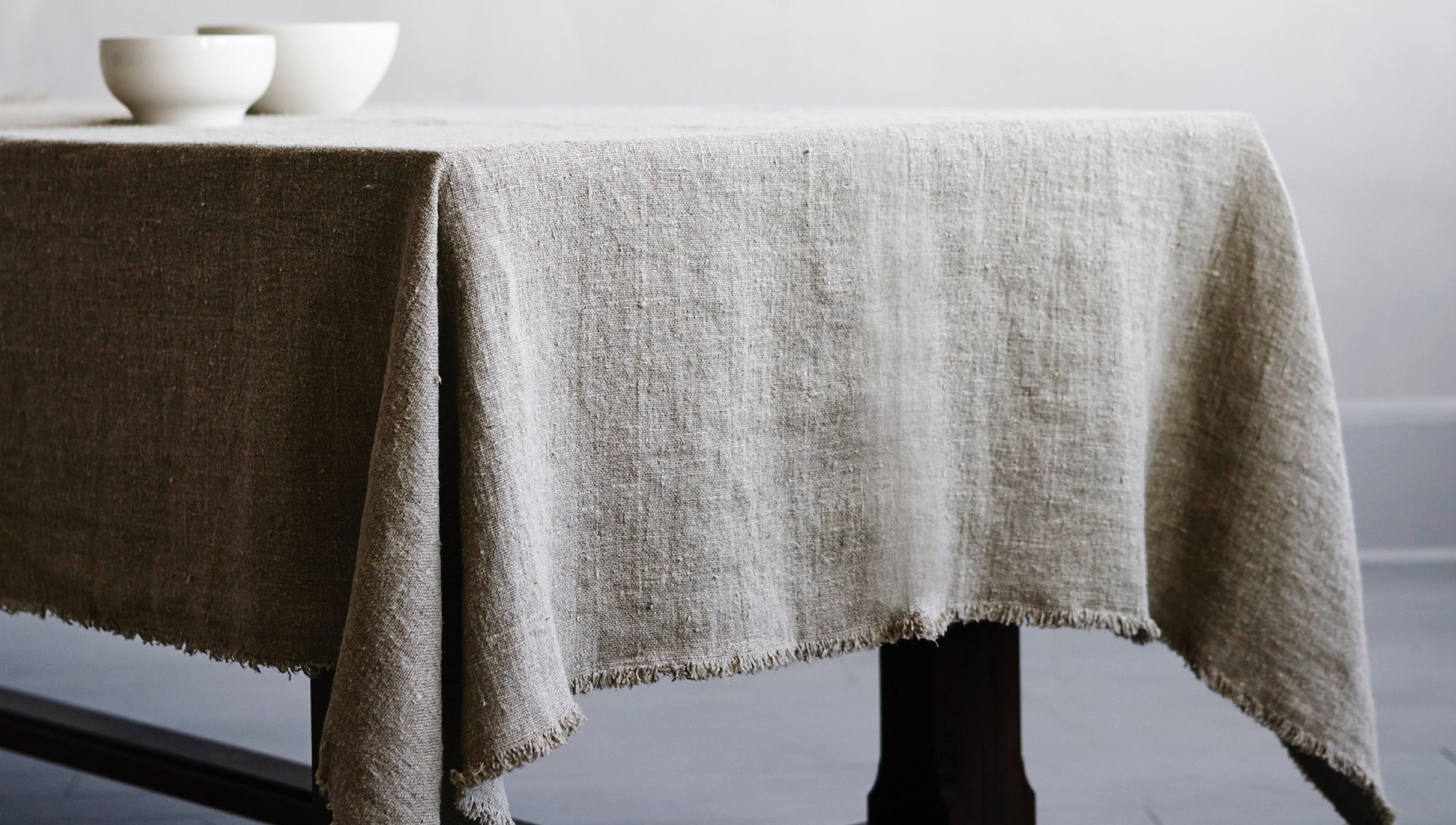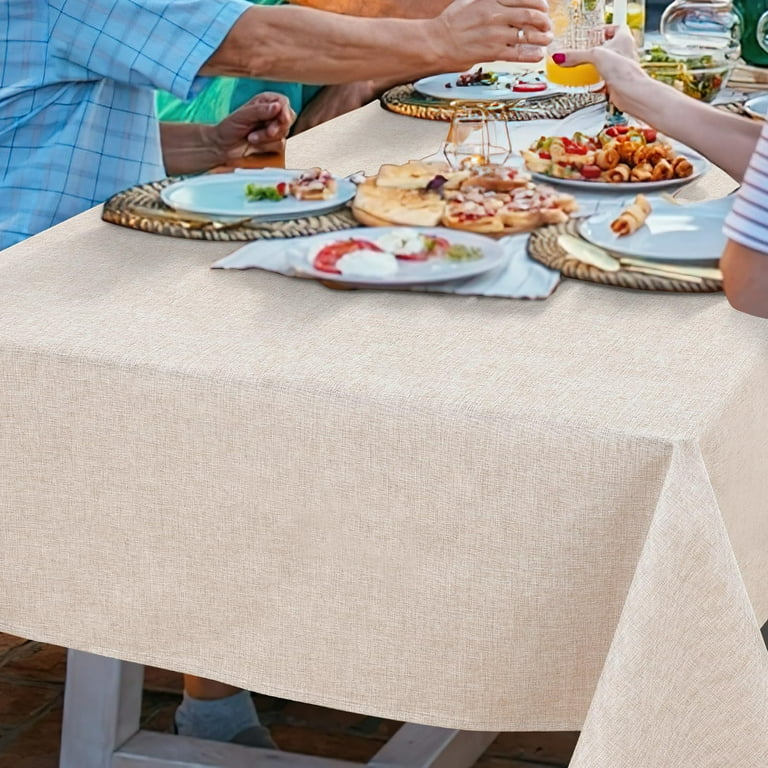Linen Textile Innovations: Checking Out Modern Trends and Creative Applications in Style and Fabric Industry
From sustainable manufacturing methods to advanced weaving innovations, the evolution of bed linen is reshaping the landscape of the textile industry. As we delve right into the worlds of creative design applications and the appearance of bed linen blends and crossbreed materials, a new phase unfolds in which linen's function in future textile advancements takes facility stage.
Sustainable Practices in Linen Production
Sustainable techniques in bed linen manufacturing have actually come to be increasingly vital in the textile market's initiatives to lessen ecological impact and promote honest sourcing techniques. Bed linen, an all-natural fiber derived from the flax plant, offers a series of advantages such as breathability, biodegradability, and durability. However, standard methods of linen manufacturing can involve considerable water intake, pesticide use, and energy-intensive processes.
To deal with these difficulties, lots of fabric suppliers are embracing lasting practices throughout the linen production process. This includes sourcing flax from organic ranches that avoid dangerous chemicals and chemicals, implementing water-efficient retting methods to essence fibers from the flax stalks, and utilizing environment-friendly dyes and coatings. Furthermore, some firms are spending in renewable resource sources to power their production facilities and decreasing waste with recycling and upcycling efforts.
Technical Developments in Linen Weaving
With the expanding focus on sustainable practices in linen manufacturing, the fabric sector is now seeing a rise in technological innovations particularly focused on changing the art of linen weaving. These innovations are reshaping the means linen textiles are generated, supplying increased efficiency, quality, and imagination in weaving strategies.
One of the key technical improvements in bed linen weaving is the assimilation of computerized looms. These sophisticated looms are equipped with software that permits detailed and complex styles to be woven with precision. By digitizing the weaving process, makers can accomplish greater consistency and precision in their bed linen fabrics.
Additionally, innovations in thread spinning technology have actually made it possible for the manufacturing of finer and even more long lasting linen threads - table cloths. This leads to softer and smoother linen fabrics that keep their high quality even after multiple usages and washes
In addition, the advancement of environment-friendly dyeing procedures and surfaces for linen textiles is getting grip. These lasting practices not just lower the environmental impact but likewise provide to the enhancing customer need for morally generated fabrics.
Creative Style Applications for Bed Linen
Cutting-edge imaginative approaches are significantly forming the imaginative design applications for linen in the textile market. Linen's all-natural visual allure and capability to blend with various other fabrics make it a preferred choice for developing special garments and accessories that provide to the ecologically conscious consumer.
In addition, developers are try out bed linen in home style, utilizing its breathable and durable nature to craft elegant furnishings such as curtains, bedding, and furniture. The texture and drape of bed linen bring a feeling of class and convenience to interior areas, adding a touch of elegance to contemporary homes.

Bed Linen Blends and Hybrid Fabrics

Crossbreed fabrics, on the other hand, take the concept of blending a investigate this site step even more by integrating added components such as metal strings, recycled products, or conductive fibers. These innovative textiles not only increase the layout opportunities but also introduce practical elements like conductivity, antimicrobial buildings, or improved longevity. Hybrid fabrics are increasingly being made use of in various Check Out Your URL industries, including style, interior decoration, and technical textiles, where the demand for multifunctional products is on the surge.
Linen's Duty in Future Textile Innovations

In the realm of future textile technologies, bed linen is expected to be an essential player in the development of innovative practical materials. Designers and scientists are checking out ways to enhance linen's inherent qualities with technical developments, such as including wise fabrics, nanotechnology, and performance coatings. These developments aim to elevate bed linen's performance attributes, making it suitable for a broader series of applications, from activewear to safety garments.
Furthermore, the mix of linen with various other all-natural or synthetic fibers opens up unlimited opportunities for developing unique fabrics with distinct residential properties and performances. By leveraging linen's attributes and checking out innovative blends, the fabric industry is positioned to present amazing advancements that satisfy developing consumer demands and sustainability demands.
Conclusion
To conclude, the exploration of sustainable methods, technical innovations, innovative style applications, bed linen blends, and its duty in future textile developments highlight the constant advancement of bed linen fabric in the contemporary layout and fabric industry. With an emphasis on development and imagination, the convenience and green nature of bed linen make it a valuable product for designers and producers alike, leading the way for further developments and advancements in the field of fabrics.
As we delve into the worlds of creative layout applications and the introduction of linen blends and crossbreed textiles, a new phase unravels in which linen's role in future fabric developments takes facility stage.
Discovering the fusion of linen get redirected here with other textiles has actually led to the introduction of ingenious blends and hybrid fabrics in the modern fabric industry. Linen blends provide a special combination of the attributes of linen with those of various other fibers, resulting in materials that have improved residential or commercial properties such as raised toughness, improved draping, and lowered wrinkling.The evolution of bed linen blends and hybrid materials has actually set the phase for Bed linen to play an essential duty in driving future fabric advancements.In the realm of future fabric technologies, bed linen is expected to be a key player in the development of advanced functional textiles.